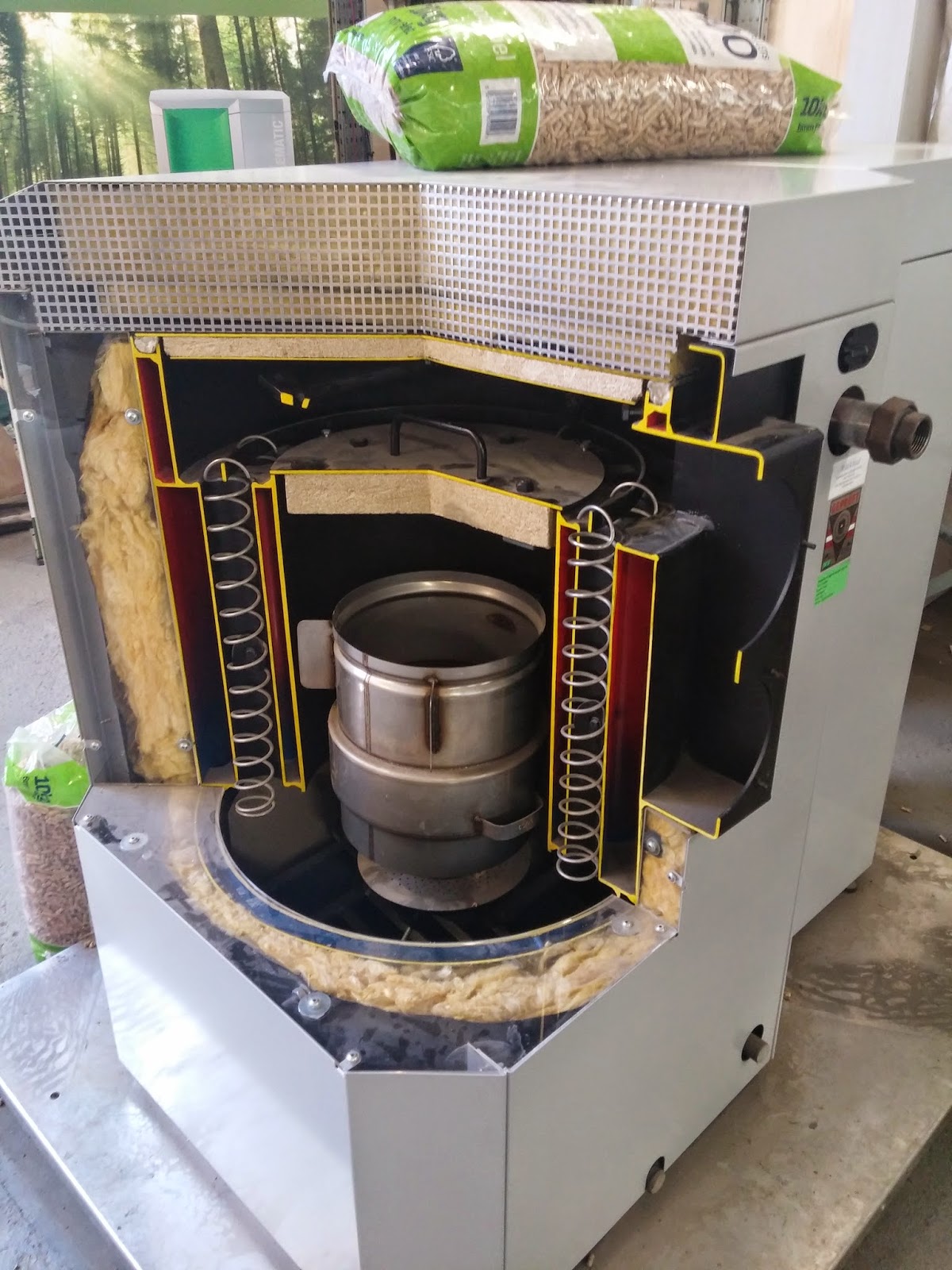MYSELF & CAT
My name is Shaun Thomas Bagnall and I am a second year Architectural Technology Student at Nottingham Trent University. The purpose of this blog is to explore various types of alternative technologies which can be utilised in our construction methods, while improving our environmental impact.
CAT (Centre for Alternative Technology) in Machynlleth, Wales is a centre (charity based on donations) which explores various ways in which the construction industry can produce work in a more renewable and less-harmful way, leading to a brighter future.
Total Pageviews
Popular Posts
-
CAT, PV panels within roof lights (Bagnall, 2015) WHAT ARE PHOTOVOLTAIC PANELS? Photovoltaic (PV) panels (otherwise referred to...
-
CAT, sedum green roof (Bagnall, 2015) Green roofs have increased in popularity over recent year, but as well as their aesthetic appea...
-
Earth wall as second skin for lecture room (Bagnall, 2015) CAT, the Centre for Alternative Technology doesn’t just look at renewable t...
-
Solar heating (also known as solar thermal) is the system of where the solar radiation from the Sun is used to directly heat up water withi...
-
CAT Reservoir (Bagnall, 2015) CAT itself is built upon an existing slate quarry. Higher up in the hills houses a reservoir which was u...
-
Here I have included a selection of photographs which i feel provide a greater depth of what CAT is and what they are trying to do. All pho...
-
Biomass heaters consists of a specially designed machine burning a form of wood (chip or pellet) where the heat created by this system is u...









